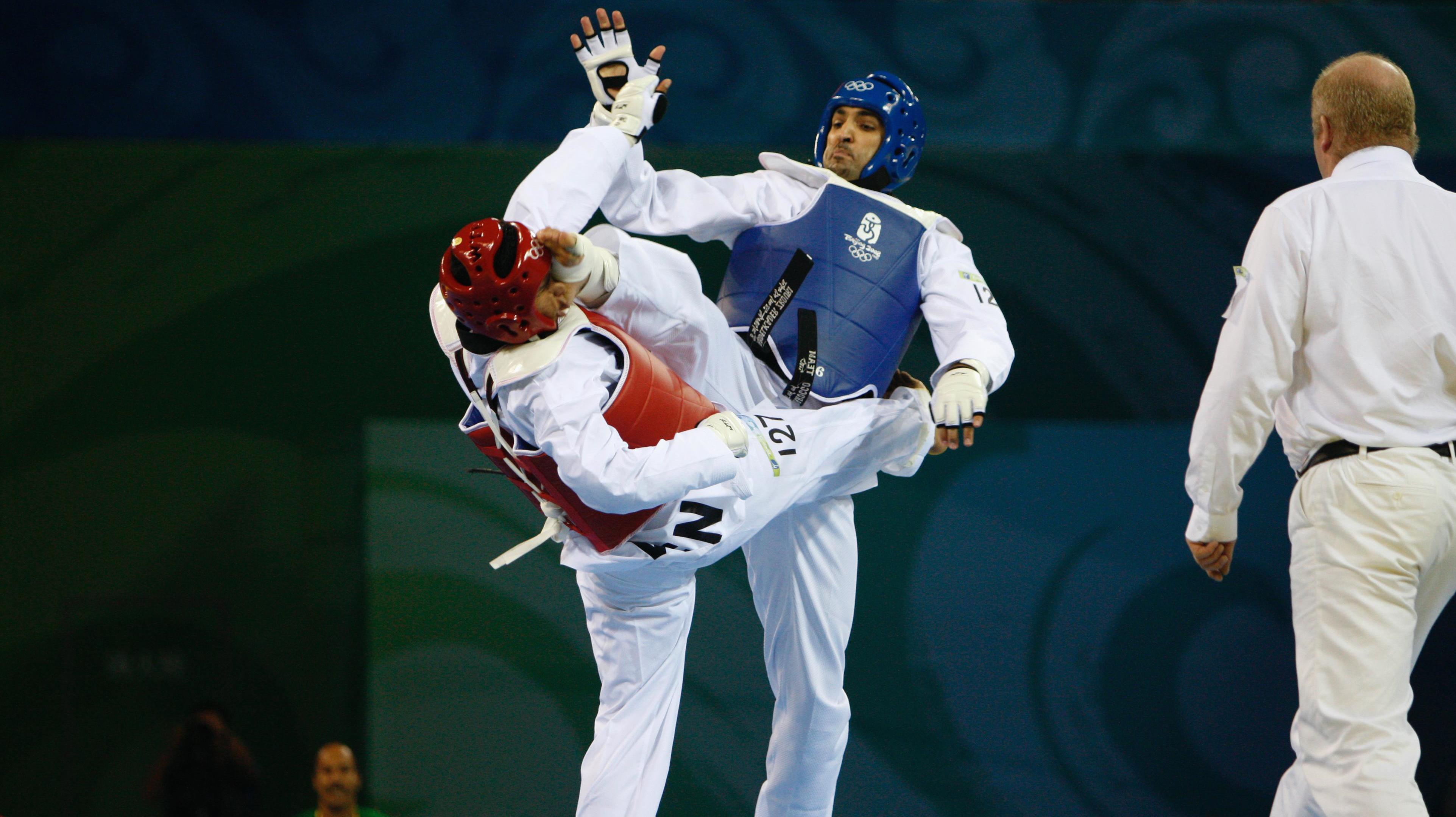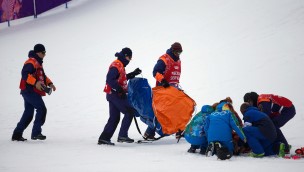Facial injuries
Sports injuries, traffic accidents and violence are the leading causes of facial injuries.

Facial injuries in sports are often the result of direct contact with other athletes, e.g. by their elbow, shoulder or head, or of collisions with equipment such as a hockey stick or goal posts.
In several sports, athletes are required to wear helmets, sometimes with a face shield and/or a mouthguard to prevent injuries to the face, mouth and teeth.
Varying figures
Facial and dental injuries make up between 3-29% of all sports-related injuries.
The most common sports-related facial injuries are soft tissue injuries such as scratches, cuts, and hitting or impact injuries. With these injuries, it is important to rule out fractures in the face or damage to the teeth.
Important to clean the wound
Wounds should be cleaned and stitched, stapled or taped as soon as possible. The point of quick action is to prevent infections and to help the wound grow back properly. Cosmetic considerations also play a role.
Teeth can loosen or fall out, or there can be a break in the root or the crown of the tooth. With teeth injuries, it is important to look after the loose teeth/bits of teeth and aim for a hospital or emergency dental clinic as soon as possible.
The most common face fractures are a broken nose, a broken jaw, a cheekbone (zygomatic) fracture, and an eye-socket fracture. If you suspect a fracture in the face it is important to go to an emergency clinic or hospital as soon as possible to go through an assessment, examination, and if necessary further treatment. It is common to take X-ray or CT images as part of the examination.
Concussion
Facial injuries, involving a large amount of energy, in many cases carry the risk of co-occurring a concussion. A concussion is easy to overlook since facial injuries are so visible and tend to take up any immediate attention. The affected person does not need to have been unconscious in order to have suffered from a concussion.


